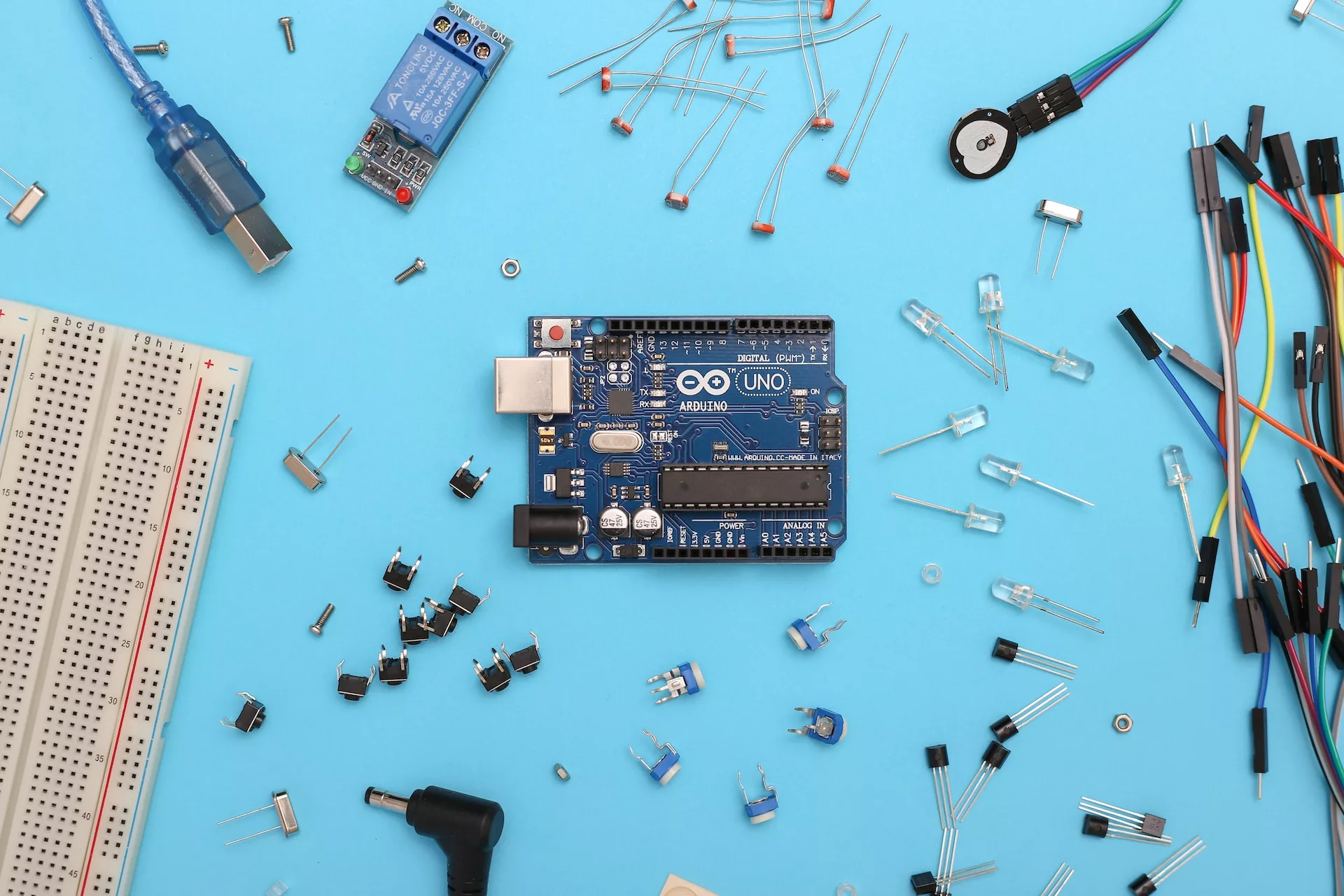Will bioelectronics be the new face of cardioprotective therapeutics? Or will the geopolitical implications of their use be their downfall? Image credit: Sahand Babali via Unsplash
Professor David Paterson – head of Oxford’s Department of Physiology, Anatomy, and Genetics (DPAG) – and Professor Kalyanam Shivkumar of UCLA have been awarded the Leducq International Network of Excellence Program Award. With the grant of $8 million (£6.3m), they propose to develop ‘Bioelectronics for Neurocardiology-diagnosis and Therapeutics.’
The Leducq Foundation is a major grant-making organisation in the world of cardiac medicine. Spearheaded by researchers at Oxford and UCLA, the latest Leducq-backed network hopes to spark the field in a new technological direction. Their focus is the autonomic nervous system (ANS) – the network of nerve cells that regulates unconscious internal processes, such as breathing and, importantly, the heartbeat. Heterogeneities in the electrical signals of the ANS—whereby intracardiac neurons fire in the wrong place at the wrong time—are thought to be central to the onset of heart disease. More specifically, these abnormalities serve to activate the sympathetic, ‘fight-or-flight’, division and downregulate the parasympathetic, ‘rest-and-digest’, divisions of the ANS even in the absence of danger. These changes can lead to an irregular heart rhythm (arrhythmia), and sometimes sudden cardiac death.
So here’s the hypothesis: if an imbalanced ANS plays a critical role in the onset of heart diseases, then rebalancing the scales by artificially modulating ANS electrical activity could have both therapeutic and cardioprotective benefits. The Oxford-UCLA network plans to utilise the grant to develop organ-conformal technologies to test this end. Specifically, bio-interfaces on the heart will facilitate high-resolution measurements of regional cardiac neurotransmitter release, assessing ANS dysfunction and characterising diseased areas of the heart. In turn, the same device will leverage this data to artificially modulate ANS activity via real-time ‘closed-loop’ feedback control.
If that sounds high-tech—it is. The science is quite literally electric. But concerns inevitably arise about how these devices will be engineered beyond the labs and mass-manufactured at the scale required for clinical application. In a recent interview, researchers at the Bioelectronic Laboratory at the University of Cambridge emphasised the engineering hurdles they face ‘due to a lack of UK manufacturing capability.’ Devices are often built abroad, which increases transport and regulatory costs.
If that sounds high-tech—it is.
To make matters worse for the Oxford-UCLA group, their proposals will emerge into a geopolitical climate that is greatly adverse to the global supply-chains required to actually implement their designs. Recent years have seen a rise in anti-competitive behaviour by independent nations designed to restrict international supplies of natural resources. The current trade-war between the US and China is but one example. ‘The idea that international markets will simply deliver materials is gone’ said Dr Gavin Harper, a critical materials research fellow at the University of Birmingham. Even if the Oxford-UCLA network can successfully demonstrate the science behind their bioelectronic proposal, it remains to be seen if international markets can support the supply chains required to manufacture the devices at scale.
Indeed, the manufacturing of bioelectronics is especially vulnerable to the ‘resource nationalism’ that could undermine this possibility. One can generally assume an inverse relationship between the complexity of a design and the range of materials that can successfully implement it – and with this scarcity of choice comes the possibility that important resources become ‘monopolised’. Bioelectronics is no exception. For one, ‘organ-conformal’ technology needs to be compatible with the dynamic and complex motions of the heart: a device that is insufficiently malleable could result in myocardial tissue damage, clot formation, pro-arrhythmic transitions, and device failure. Yet malleability is not a property that is common amongst electrically conductive substances, which are of course essential in building a device that hopes to both record from and exert electrical activity upon the ANS. In a recent article, Korean researchers Sunwoo et al. suggest some ‘soft conductive’ substances that seem to have these Goldilocks properties – but the selection is limited. And, unfortunately for Paterson and co., many of their suggestions fall under the EU-14 list of critical raw materials at high risk of supply issues.
One can generally assume an inverse relationship between the complexity of a design and the range of materials that can successfully implement it.
Take graphene, for example. As a carbon-based nanocomposite, graphene (a single-atom sheet of graphite) is an ideal material for soft bioelectronics due to its high electrochemical capacity and mechanical softness. It is already being used for bioelectrodes and as biochemical sensors. But, according to a 2023 US geological survey, China contributes over 60% of global graphite production. Such an uneven distribution of origin places significant instability on graphite supply: global markets and supply chains become essentially dependant on the ideological and economic decisions of a single government to restrict or expand its exports.
If one requires convincing of this jeopardy, they need only look at Beijing’s export policy of gallium this summer. Gallium is another ideal material for use in soft bioelectronics. As a liquid metal, it can be fabricated into stretchable circuit lines and antennae with great conductivity. Production of gallium, however, is once again dominated by China; over 80% of global supply originates from the People’s Republic according to the Critical Raw Materials Alliance. And it’s not afraid to flex this geopolitical muscle. Beijing started restricting exports of gallium and germanium in August of this year, requiring Chinese synthesisers to acquire special licenses to trade internationally. China’s overseas shipments of the materials fell to zero in the month that followed. The impact of these latest export controls is unlikely to be catastrophic. However, it is important to pay attention to where the trend of resource nationalism is heading: more frequent fluctuations in the supply of natural resources will make the costs of manufacturing increasingly unpredictable. For already over-stretched health institutions such as the NHS, this inconsistency is extremely difficult to manage. The result may be that bioelectronics are simply undeliverable.
It is important to pay attention to where the trend of resource nationalism is heading: more frequent fluctuations in the supply of natural resources will make the costs of manufacturing increasingly unpredictable.
However, none of the EU-14 materials – including graphite and gallium – are physically scarce, meaning a genuine shortage of resources is difficult to envision. Yet the technology and facilities required to refine these elements take significant investment. So long as there remains instability in the distribution of this infrastructure, these resources will remain vulnerable to the ‘nationalism’ we have begun to witness.
Indeed, many of the researchers at Cambridge’s bioelectronics laboratory have already begun founding their own start-up companies to help localise the manufacturing of their technologies. Some are on innovative commercialisation fellowships, which fund their research whilst offering translational expertise on how their proposals can be developed in the manufacturing world. It remains to be seen if the Oxford-UCLA program will overcome the geopolitical hurdles of manufacturing high-tech devices at scale. Otherwise, the Leducq award may become a very expensive proof-of-concept.





